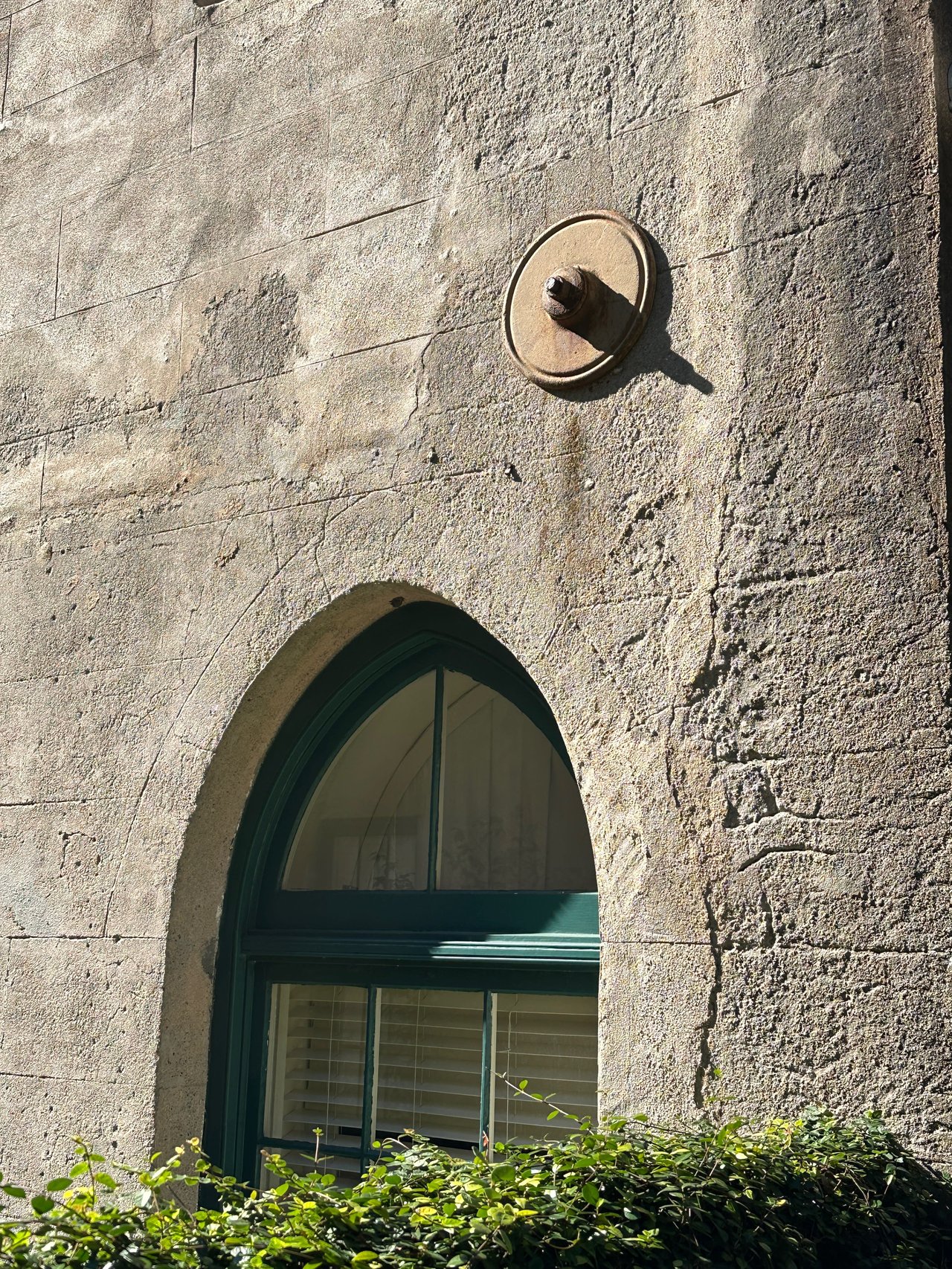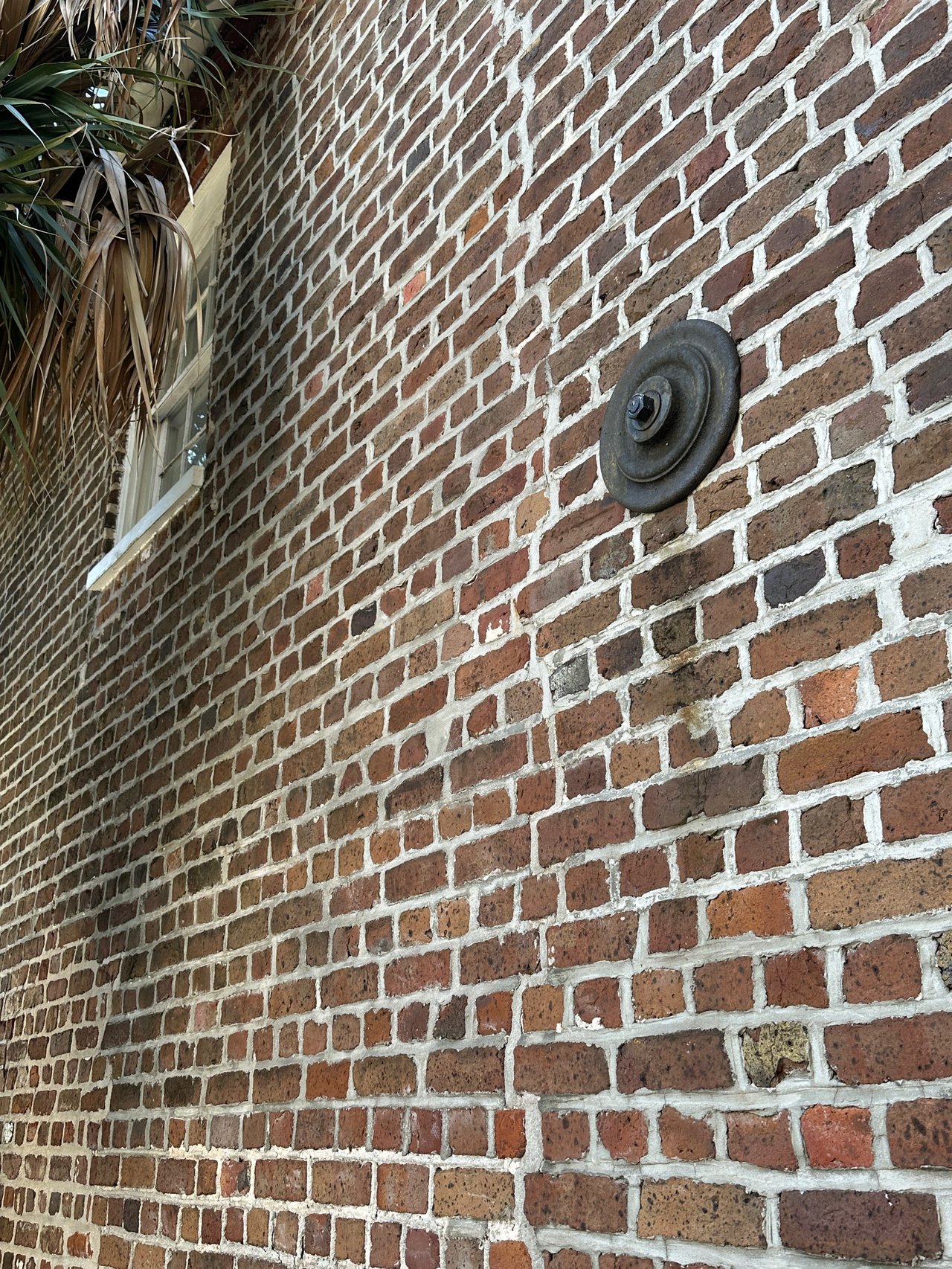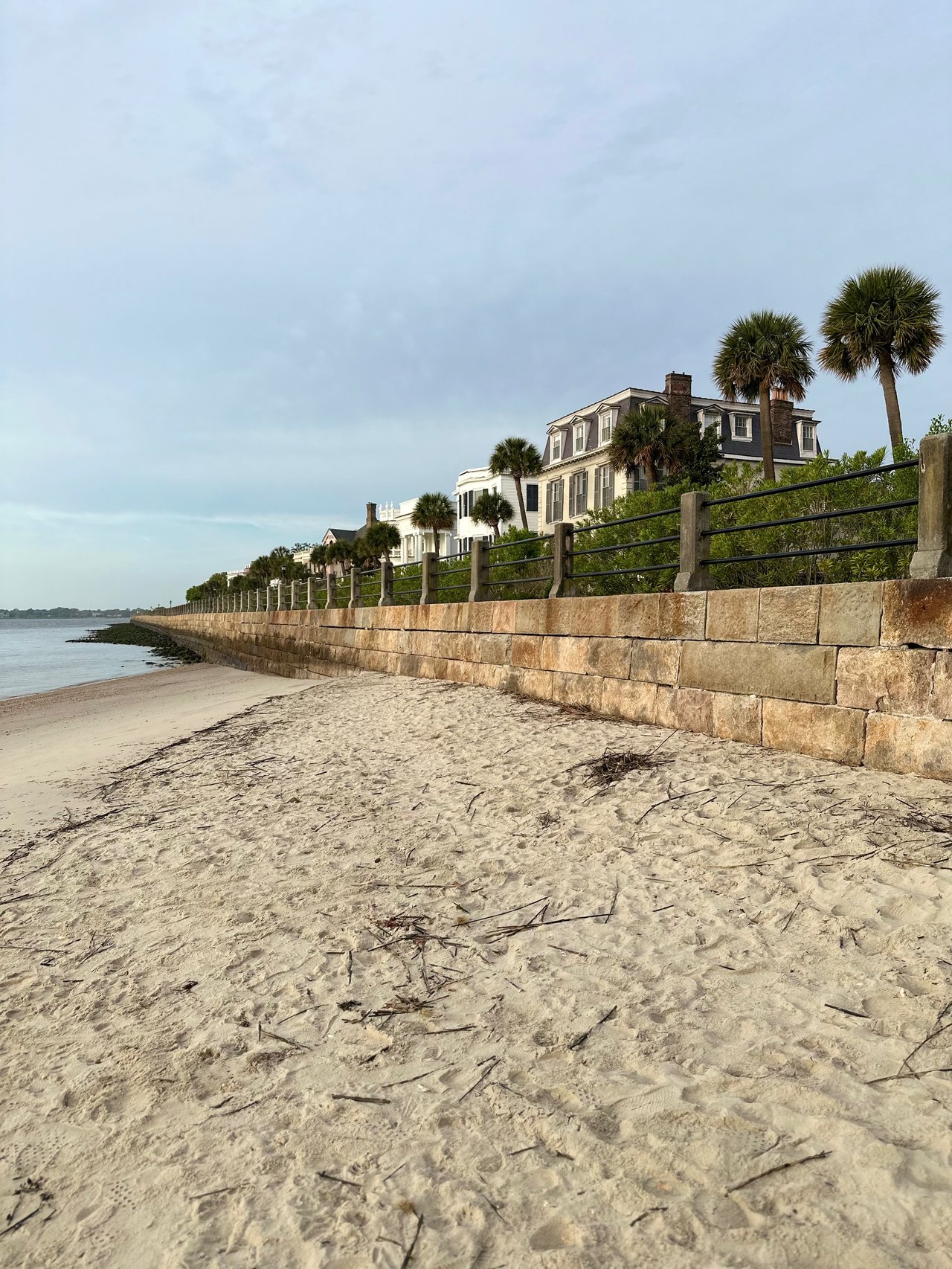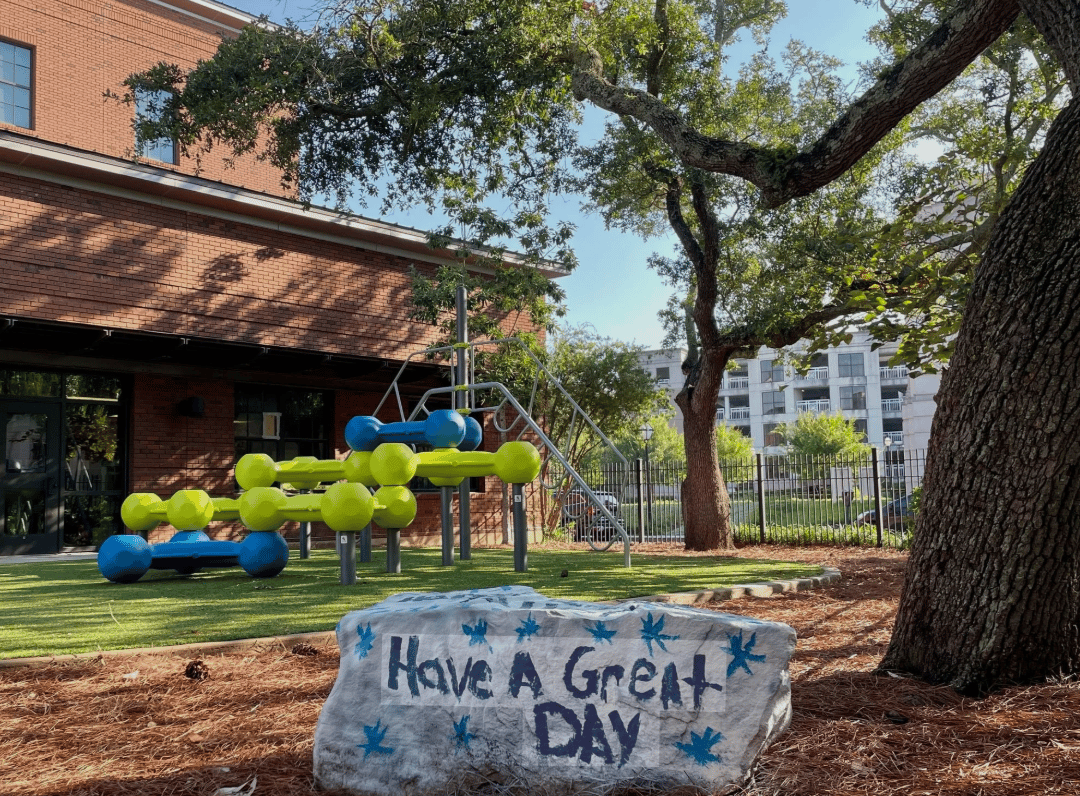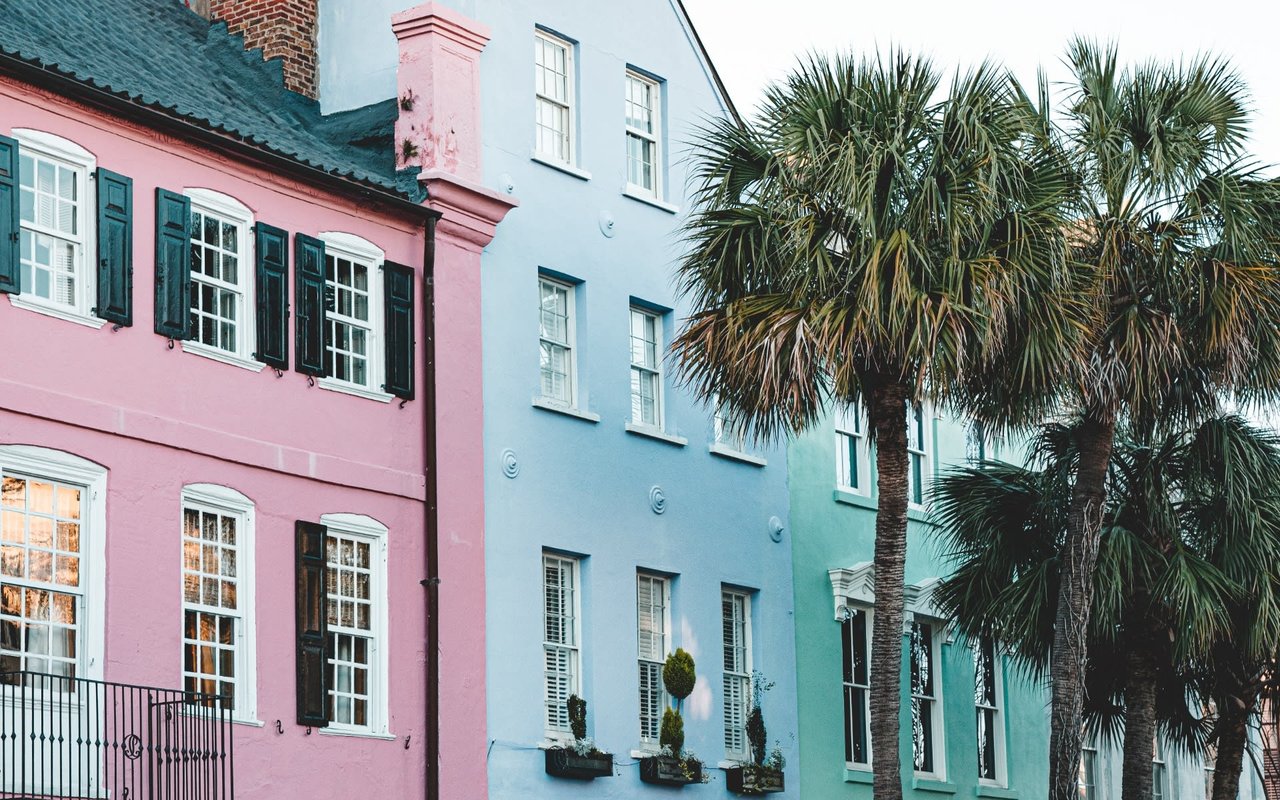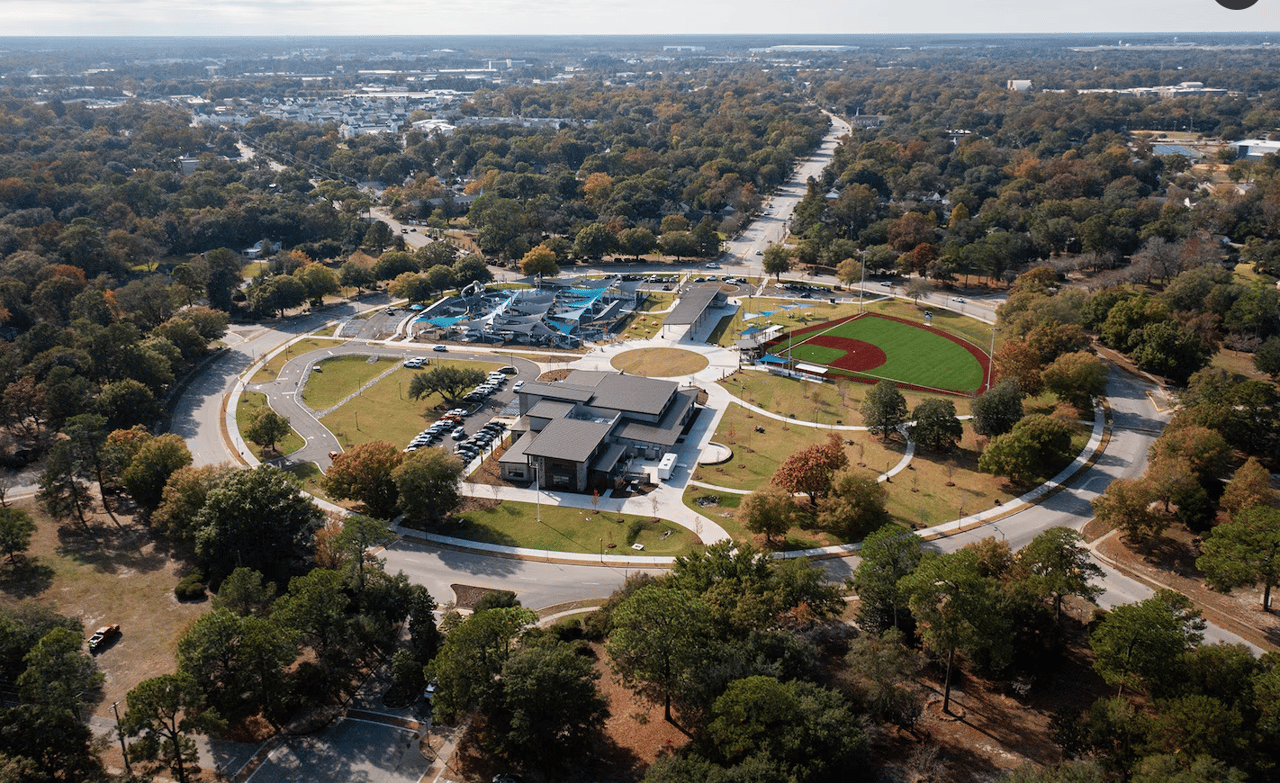Nestled on the shores of South Carolina, Charleston is a city woven into the very fabric of American history. It's a place where the past lingers in the cobblestone streets and antebellum houses, where each building tells a story, and every corner holds a secret of the bygone days. But beneath its charming Southern façade, Charleston has been a battleground against some of nature's most formidable foes: hurricanes and earthquakes. This is the story of how a city turned to reinforcing rods, not just to withstand the wrath of nature, but also to create an architectural legacy that's as strong as it is striking.
Charleston's Battle with Nature
The history of Charleston is punctuated by its perennial struggle with hurricanes and earthquakes. The city's coastal location makes it susceptible to the Atlantic's tempestuous moods, while its position near geological fault lines leaves it trembling at the earth's slightest shivers. One of the most significant tests came in the form of the 1886 earthquake, a seismic event that devastated much of the city, altering its architectural course forever. Prior to this, the city had also faced numerous hurricanes, with each leaving its mark and molding the city's approach to building and reconstruction.
The Advent of Reinforcing Rods
In response to these relentless natural challenges, Charleston looked to innovation for survival. The solution came in the form of iron reinforcing rods, known locally as earthquake bolts. These rods were not a novel invention of the time but rather a practical application of existing technology. Originally designed to reinforce structures against lateral forces, the rods were soon integrated into the very bones of Charleston's buildings. By connecting the walls to the floors and roofs, these rods provided a tension network that held the buildings together when the earth shook or the winds howled.
The Science of Survival
The principle behind reinforcing rods is deceptively simple: they add tensile strength to a structure, allowing it to flex without breaking. When an earthquake occurs, the ground movement generates lateral forces that push and pull at the building's framework. Similarly, hurricane-force winds exert pressure on the structures, threatening to topple them. Reinforcing rods distribute these forces across the building, reducing stress on individual elements and increasing the overall stability.
Data supporting the effectiveness of these rods is seen in the survival of many historic Charleston buildings. While no method can make a building entirely earthquake or hurricane-proof, the presence of these rods has consistently helped older structures weather the storms better than those without them. The evidence is not only in the survival rates but also in the reduced extent of damage sustained.
Architectural Alchemy: Strength Meets Style
What began as a purely pragmatic approach quickly evolved into an architectural statement. The reinforcing rods, initially hidden within the structures, began to be celebrated as part of the city's visual identity. Iron stars, discs, and plates, attached to the ends of these rods, adorned the exteriors of buildings, adding a touch of elegance to their utilitarian purpose. These decorative elements became so iconic that they are now considered an integral part of Charleston's historic charm.
These iron features are a testament to Charleston's ingenuity, turning a technical necessity into an opportunity for aesthetic expression. The rods and their plates now stand as proud symbols of the city's resilience, merging the narrative of survival with the allure of architectural beauty.
A Tour of Charleston's Iron-Bound Beauties
Today, a walk through Charleston is a walk through an open-air museum of earthquake bolts and reinforcing rods. The rods are visible on many historic homes, presenting an architectural scavenger hunt for interested tourists and locals alike. From the famous 'Single House' designs to the grand public buildings like the aforementioned courthouse, these rods add a layer of historical intrigue to the city's aesthetics. Many of Charleston's guided tours highlight these features, drawing attention to the clever engineering and the stories behind the iron stars and plates.
The Evolution of Reinforcement Techniques
The rods of Charleston not only serve as a testament to the city’s past but also laid the groundwork for the evolution of modern reinforcement techniques. Today's standards for building resilience have roots in these early adaptations, evolving with advancements in materials and engineering. Steel rebar, concrete additives, and seismic retrofitting have become commonplace in construction, building upon the principles that were first applied in Charleston’s historic homes. The dialogue between old and new methods is ongoing, as contemporary engineers often look to the past for inspiration, seeking solutions that balance historical preservation with cutting-edge technology.
The city’s approach has influenced building codes far beyond its borders, setting a precedent for historical areas prone to natural disasters. Charleston’s story is echoed in seismic retrofit ordinances in cities like San Francisco and retrofitting strategies in hurricane-prone areas like Florida, proving the enduring relevance of the methods developed here.
Preserving the Past, Protecting the Future
In Charleston, the art of preservation is as crucial as the art of construction. Conservation efforts ensure that the architectural integrity of rod-reinforced buildings is maintained, allowing them to stand as living monuments to the city's resilience. These efforts often involve meticulous restoration work, ensuring that each iron rod and plate continues to fulfill its protective role while retaining its historical significance.
Preservation goes hand in hand with education, as Charleston's history is shared with each generation. The reinforcing rods serve as physical reminders of the city’s victories over natural calamities, embodying stories of endurance and adaptation. They are a feature of Charleston's cultural heritage, representing a collective memory etched in iron and stone.
Conclusion
Charleston, South Carolina, stands as a city where history is not merely remembered; it is lived. The reinforcing rods that crisscross the walls of its historic homes are as much a part of its landscape as the Spanish moss that drapes from the live oaks. They are silent sentinels of the past, witnesses to the city's unwavering spirit in the face of natural disasters. Yet, they are not silent, speaking volumes to those who understand their language—a language of resilience, beauty, and a steadfast commitment to preservation.
The reinforcing rods have become a unique element of Charleston's architectural identity, a happy accident of necessity and aesthetics. They remind us that in the struggle against the forces of nature, beauty can be found in strength, and strength can be found in unity—principles as true for building homes as they are for building communities.
From the destructive tremors of the 1886 earthquake to the harrowing winds of countless hurricanes, Charleston has stood strong, its historic homes bearing the marks of survival. The iron rods that brace these structures are not just functional; they are a celebration of Charleston's iron will—a city that has learned to bend but not break, to adapt but not concede.
In Charleston, the reinforcing rods are more than a footnote in architectural history; they are a headline, a bold declaration that here, in this storied city, history is not only preserved; it is reinforced.
By: Dustin Guthrie, Realtor
